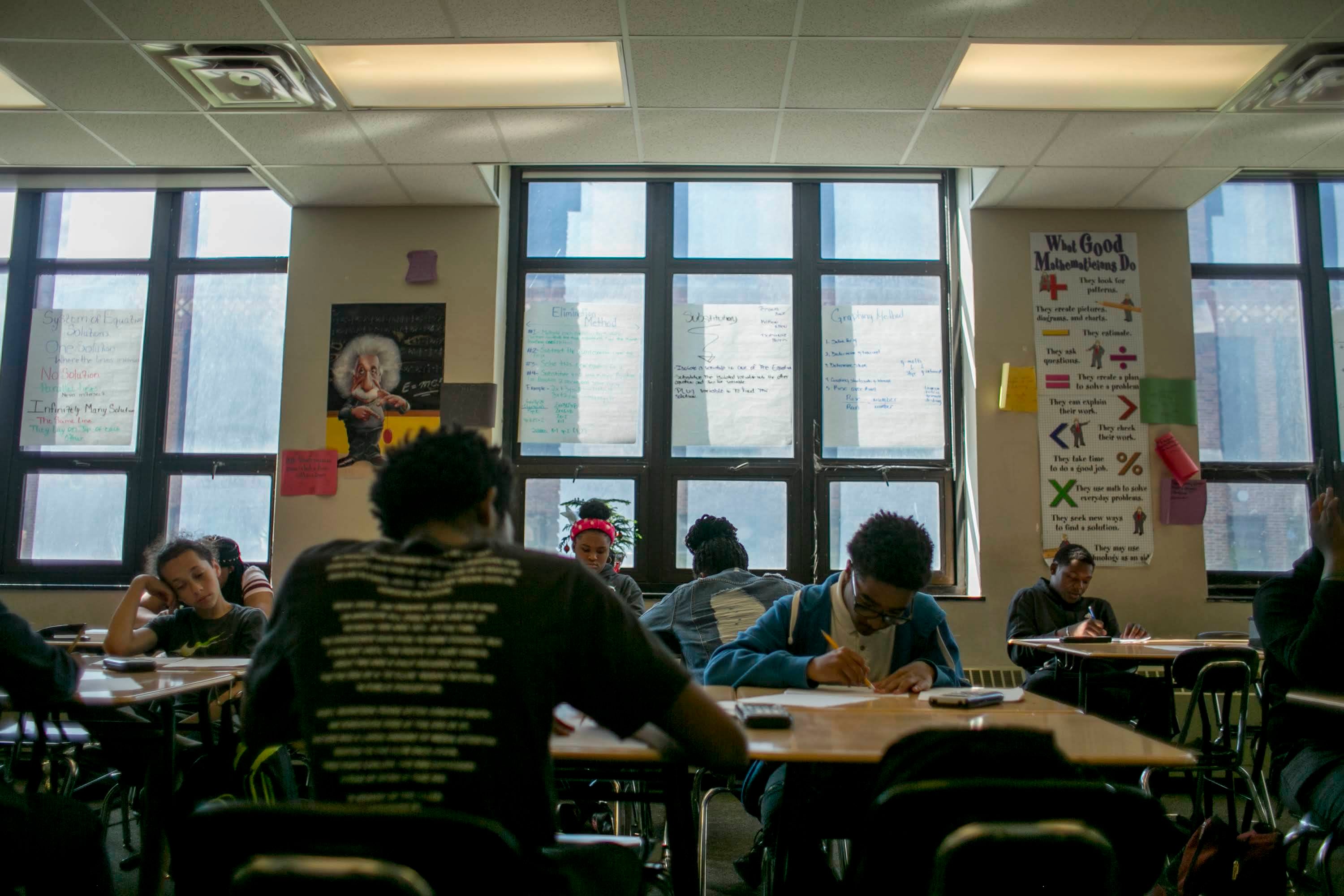Enrollment in Michigan schools grew slightly this year, but city districts continue to lose students.
The addition of nearly 6,000 students, or 0.4%, may be a hopeful sign that parents are becoming more comfortable sending their children to classrooms nearly two years after Michigan schools were first shuttered due to COVID, officials said.
“We’re starting to see that public education is getting back to normal,” said Casandra Ulbrich, president of the state board of education. “Having a consistent in-person education opportunity for kids is going to help us continue to see these numbers increase.”
But statewide enrollment is still down 3.7% since before the pandemic — and 5% in city districts — raising questions about where those students went and concerns that declining student counts could hurt district finances.
“Let’s say you’ve lost 10 students, a small number — that’s $87,000 right there,” said Bob McCann, executive director of the K-12 Alliance, an advocacy group, noting that Michigan schools received an average of $8,700 per pupil last year. “The loss of a small number of students can have a direct impact on a district’s bottom line and the services they’re able to deliver.”
Enrollment fell by 256 students, or 0.5%, in the Detroit Public Schools Community District. That’s an improvement over last year, when enrollment fell by 3.7%.
Detroit is far from the only big-city school district grappling with enrollment declines. There are fewer students on the rolls this year in New York, Memphis, Los Angeles, and Chicago.
The same holds true in Michigan, where urban school districts have seen enrollment declines in line with DPSCD’s over the last two years. District officials didn’t immediately respond to a request for comment.
Overall, the latest data suggest that Michigan’s statewide enrollment is beginning to stabilize. This fall, the state enrolled 1,443,456 students in grades K-12, an increase from 1,437,612 the previous fall.
In a sign that some parents remain concerned about in-person instruction, enrollment in fully online charter schools in Michigan has risen 63%, or 6,200 students, since fall 2019. Driven by the increase in virtual enrollments, charter school enrollment statewide increased by 988 students, or .6%.
Statewide, the enrollment increase was driven by students of color and students from low-income families:
- Black enrollment rose 1.89% from fall 2020, while hispanic enrollment rose 3.16%. White enrollment fell 0.7% since fall 2020. Enrollment in all three categories has declined since fall 2019.
- Among students from low-income families, enrollment rose 2% over the last year, though it has declined by 2% since fall 2019.
Kindergarten enrollment rose sharply this year, increasing 7% or 8,200 students from the prior year. That’s a reversal from last year, when enrollment declines were concentrated in kindergarten. At the same time, a marked decline in the cohort that started kindergarten during the 2020-21 school year suggests that some parents opted to have their children repeat kindergarten.
It is unclear why statewide enrollment has declined since the outset of the pandemic. While data points nationally suggest that homeschooling has increased during the pandemic, Michigan doesn’t collect homeschool enrollment data, and the state doesn’t publish private school enrollment data. Students may have left the state, though many other states are also seeing enrollment declines. And setting aside the pandemic, Michigan’s declining population is likely also playing a role.
“I don’t know” why enrollment is declining, McCann said, but he added that more families may be comfortable sending their kids to school as the pandemic wears on.
“We certainly heard at the beginning of the school year from parents who weren’t convinced it was safe to send their kids back,” he said. “We may be in a little bit of a different position in 2022.”
Michigan counts students in October and February. The February counts for this year aren’t yet available.








